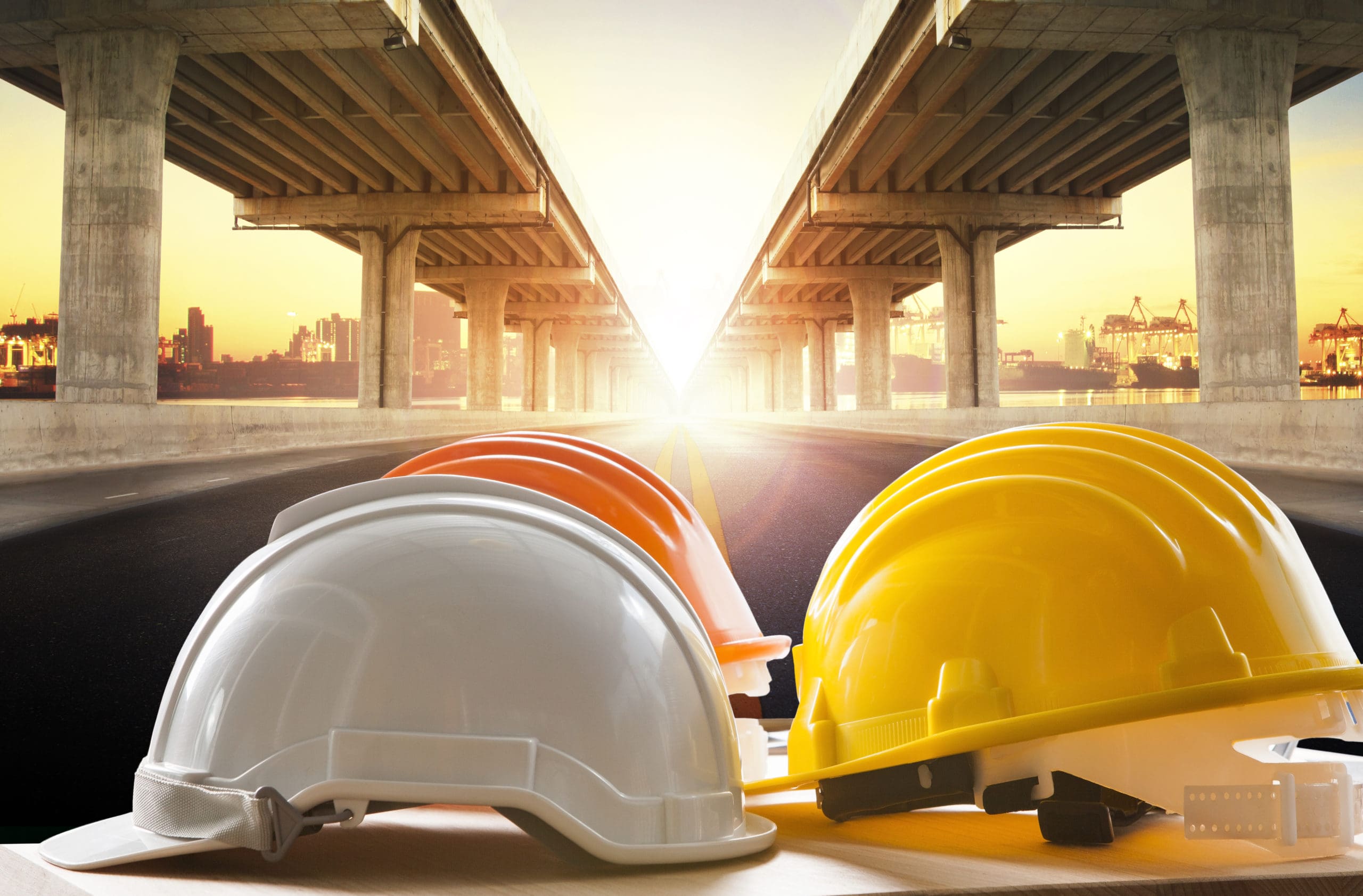
With bipartisan support, on August 10, 2021, the Infrastructure Investment and Jobs Act was passed in the US Senate. Why is this infrastructure bill so historic? Keep reading to learn about the bill’s details and what changes construction projects can expect to see.
The Details of the Infrastructure Bill
The new infrastructure bill comes with a price tag of $1.2 trillion. While it seems like a lot of money, $650 billion is for funding the yearly allocated highway and other infrastructure projects.
The bill includes $550 billion in new spending over five years. This is roughly the amount the government spent in 1956 to build the US interstate highway system.
But, most infrastructure projects haven’t seen any federal investment since this time. The funding will create thousands of new projects for construction and vocational programs.
President Biden’s Build Back Better agenda, which includes the American Jobs Plan, focuses on rebuilding American infrastructure and preparing for the future. Political commentators call this a “once-in-a-generation” bill.
Breaking Down the Costs: Biggest Projects
The most significant spending is $110 billion for infrastructure.
American infrastructure needs this investment. The World Economic Forum’s Global Competitiveness 2019 Report ranks the US 13th in the world for quality of infrastructure. Further, the American Society of Civil Engineers continuously gives American infrastructure a unsatisfactory report.
The most recent report gives an average score of C-. Some state governments score even lower.
The funding will streamline construction projects across the country. These projects include roads and bridges. It will also help fund transportation research, building Puerto Rico’s highways, and congestion relief in cities.
$66 billion is for the train system. Both passenger and freight rails need upgrades. The money also includes grants for intercity train services. However, there is no funding specifically for high-speed rails.
$65 billion is to update the power grid. This includes power lines and cables, hacking prevention, and clean energy.
Another $65 billion is to expand broadband to rural areas and low-income communities. The money will also help lessen broadband bills.
$55 billion is for water infrastructure. It includes $15 billion to replace lead pipes, $10 billion for chemical clean-up, and clean drinking water for tribal communities. An additional $8 billion is for water treatment, storage, and reuse facilities to combat droughts.
$47 billion is to protect infrastructure from cybersecurity attacks and climate change. Unfortunately, Americans have seen the rise of both problems recently.
$39 billion is to upgrade public transit systems across the country. There is a focus on creating new bus routes. Additionally, transit will become more accessible to seniors and the disabled.
Breaking Down the Costs: Smaller Projects
$25 billion is to upgrade and expand US airports and air traffic control towers.
$21 billion is to clean up superfund and brownfield sites, abandoned mines, and old oil and gas wells.
The Army Corps of Engineers and Coast Guard will split $17 billion for port infrastructure, ferry terminals, and reduced truck emissions.
$11 billion will address safety issues related to highways, pipelines, and pedestrians.
$7.5 billion will go toward building more charging stations for electric vehicles. Another $7.5 billion will purchase electric school buses, especially for low-income, rural, and tribal communities.
What Happens Next?
The building and construction industry will explode with the passing of the bill. But, even though the Senate infrastructure bill vote passed, several critical actions still need to happen before it becomes a law.
First, the House of Representatives needs to pass their version of the bill. Unfortunately, this process continues to get delayed for a few reasons. The most significant reason is the ongoing battle between centrist and progressive Democrats in Congress.
The infrastructure bill is running parallel through Congress with the budget resolution bill. The budget resolution bill stands at $3.5 billion and has already passed in the House. But, centrist Democrats in the Senate have problems with the cost of the bill, causing it to stall.
Thus, progressive House members stated they would not vote on the infrastructure bill until Senate Democrats pass the budget resolution bill, which only needs a simple majority to pass.
Nancy Pelosi, Speaker of the House, has already delayed voting on the infrastructure bill several times. She said the new deadline for considering the bill is October 31, 2021. Whether a floor vote will take place then is still unknown. Democrats have to work together and accommodate each other before they pass both bills.
Once the infrastructure bill passes in the House, it will go back to the Senate for final arrangements. Then, it goes to President Biden for his signature. Only then does the bill become a law.
This is the process for all bills.
Another Problem
Making matters worse for the senate bipartisan infrastructure bill is the debt ceiling and government funding problem. The government will run out of money on October 18.
While negotiating the infrastructure and budget resolution bills, Congress also needs to negotiate to raise the debt ceiling. If they don’t, the government cannot borrow any more money. The two major spending bills put tremendous pressure on Democrats when dealing with the debt ceiling. It also makes working across the aisle even more challenging.
Media outlets will closely track all negotiations in the coming weeks. Hopefully, by the end of October, the infrastructure bill, the budget resolution bill, and the debt ceiling problems will see some progress.
Prepare for Good News
Even though things seem grim, there are reasons to be optimistic. Despite their problems, Democrats know they have to resolve their differences to pass both bills while holding a majority in both houses of Congress.
If they don’t pass these bills soon, they will lose their opportunity to do so. Some version of the infrastructure bill will most likely end up on President Biden’s desk. That means construction and building companies should prepare for the influx of government spending that’s to come.
Make sure you’re prepared; contact Custom Truck to get a free quote for all your specialized truck and heavy equipment needs.



